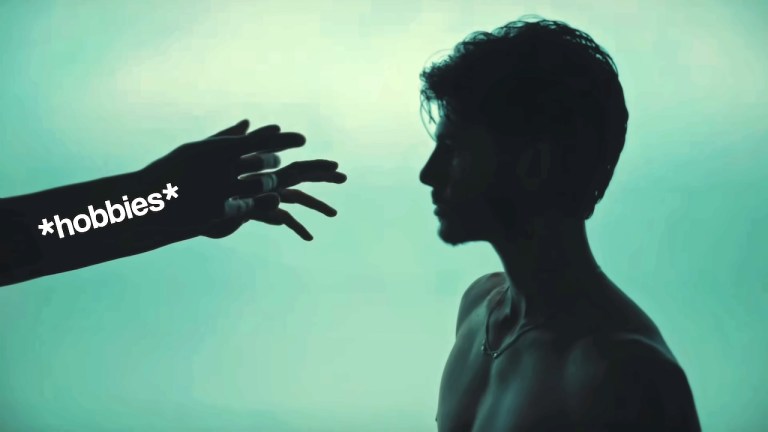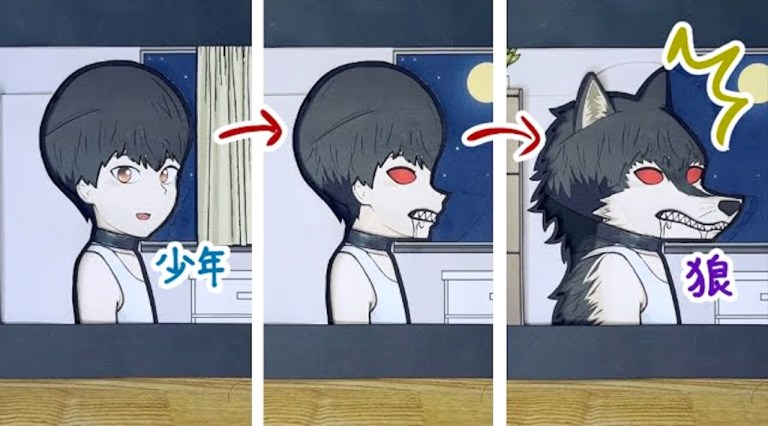Why Seeing Faces in Things (Pareidolia) Is Evolutionarily Advantageous
An illusory Ted-Ed lesson written by Susan G Wardle and animated by Okasana Kurmaz explains why humans see faces in random objects and how this form of face pareidolia is considered to be evolutionarily advantageous. Wardle notes that the human brain is equipped to see faces more readily than anything else,
Whenever we see something, our brain immediately starts working to identify the new visual stimuli based on our expectations and prior knowledge. And since faces are so important, humans have evolved several regions of the brain that enable us to identify them faster than other visual stimuli. …
Additionally, the brain is wired to make sense of new information using familiar parameters, as noted by imaging.
…brain imaging studies have revealed that regions may actually be too sensitive, leading them to find faces where they don’t exist…. these illusory faces might actually be a byproduct of something evolutionarily advantageous. … this kind of hypersensitivity might act as a useful shortcut. After all, seeing illusory faces is usually harmless, while missing a real face can lead to serious issues.







